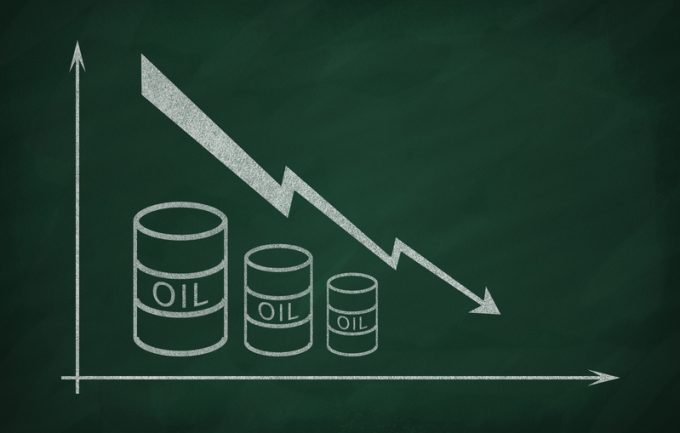Benefits of slow-steaming on emissions exaggerated, studies find
The emission benefits of slow-steaming may have been “grossly overestimated”, according to studies by Simpson ...

The jury is out as to whether the dramatic fall in oil prices in the past two years has produced a net benefit for the world economy, but they have certainly given transport providers welcome relief from other worries.
Bunker prices are at a level not seen since the early 2000s, noted Drewry today, but given the way that carriers responded to rising fuel costs which spiked at more than $600 per tonne in 2007 and 2008 – by introducing slow- ...
Volcanic disruption at Anchorage could hit transpacific airfreight operations
Macron calls for ‘suspension’ – CMA CGM's $20bn US investment in doubt
Forwarders stay cool as US 'liberation day' tariffs threaten 'global trade war'
Shippers snap up airfreight capacity to US ahead of tariff deadline
De minimis exemption on shipments from China to the US will end in May
Tighter EU import requirements proving 'a challenge' for forwarders
Looming Trump tariffs will create 'a bureaucratic monster' for Customs

Comment on this article